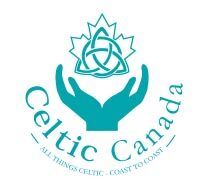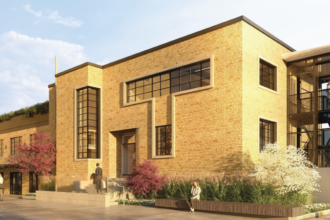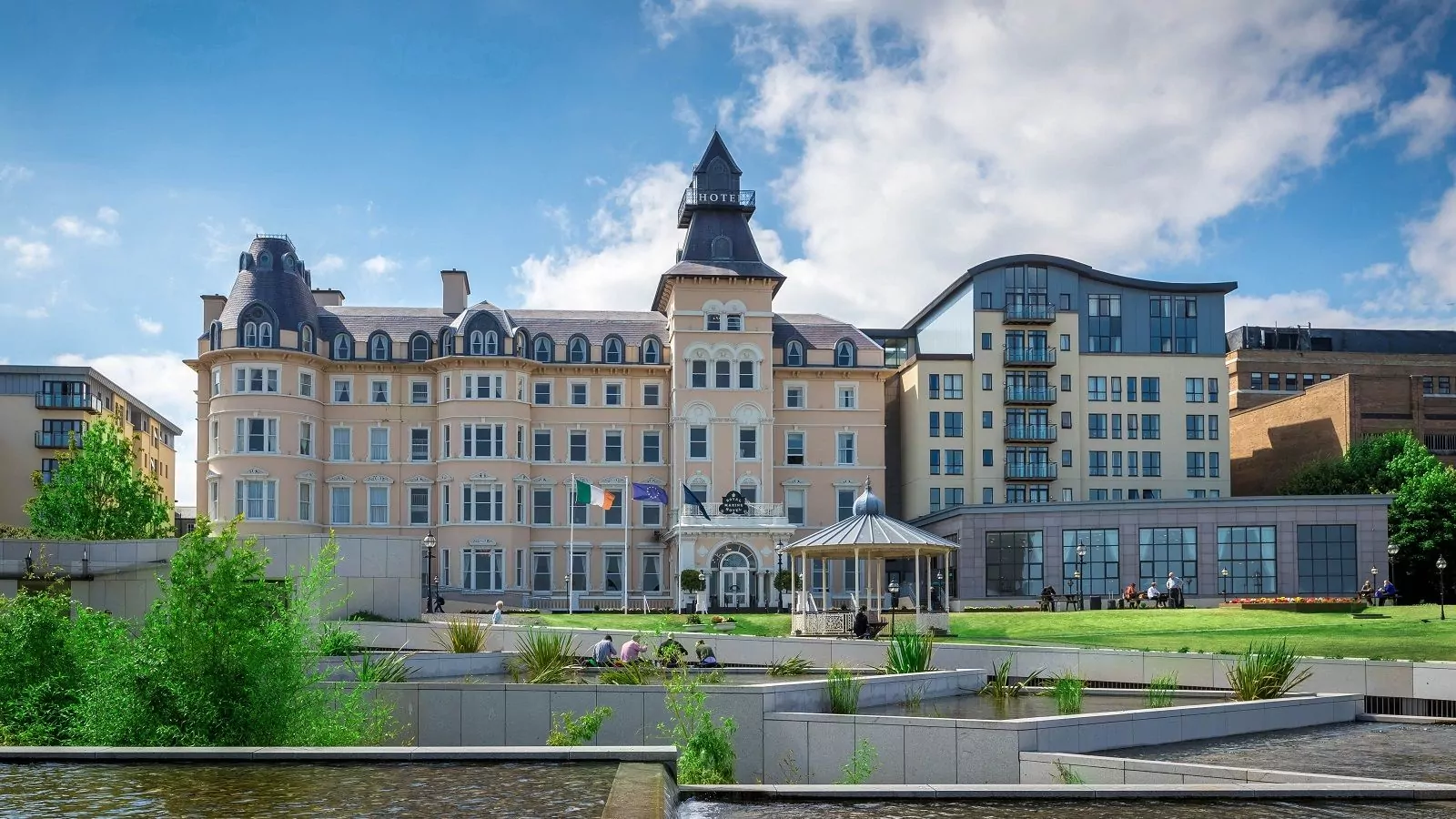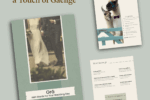David McWilliams Irish Independent
County Down is one of the most beautiful counties in Ireland. It’s a pity so few of us head up the M1 to witness the hauntingly empty beauty just a few miles to the north. Sitting in the Slieve Donard Hotel, Newcastle as the sun is going down behind the vertiginous Mournes, it’s difficult to imagine a more peaceful place on the island. However, this being the North, I can hear in the distance the local Orange pipe band practicing ahead of the Glorious 12th.
For about three hours last night, the loyalist band belted out their top ten marching tunes, making sure no one was under any illusion about what this time of the year signifies to some people around here. But Newcastle is a broadly nationalist town as evidenced by the large Palestinian flag at the roundabout on the way in. So maybe the band belted out the tune more loudly just to remind local people that they haven’t gone away.
Not to be outdone, a few miles down the road in Kilkeel, the Israeli Star of David flies proudly on the main street beside the Ulster Scots Heritage foundation. Quite what the link between the Ulster/Scots dialect and Hebrew might be is anyone’s guess. But this is Ireland or at least a certain corner of it.
The sectarian division of County Down is stark.
North Down is overwhelmingly Unionist and South Down is overwhelmingly nationalist. For the uninitiated traveller, the flags are a good pointer. When you cross from Palestine to Israel, you know where you are. If you drive down the beautiful Ards Peninsula, flags change from village to village.
In economics, geography is as important as history. Proximity demands attention. Much as we Southerners might like to ignore what is happening in Northern Ireland, we can’t ignore it indefinitely. The demographic sands are shifting towards a United Ireland; Brexit and the attendant political car crash in England have accelerated this process immeasurably.
The demographics in Northern Ireland from the 2011 census tell the story that many in Dublin don’t want to absorb.
The most interesting statistic shows the proportion of Catholics and Protestants in various age groups. Of the elderly, those over-90 in the North, 64 per cent are Protestant and 25 per cent are Catholic. A total of 9 per cent had no declared religion.
This reflects the religious status quo when these people were born, in the 1920s, and more or less reflects the realities of the Treaty.
When you look at those children and babies born since 2008, the picture changes dramatically. The corresponding figure is 31 per cent Protestant and 44 per cent Catholic. In one (admittedly long) lifetime, the Catholic population in the youngest cohort has nearly doubled, while the Protestant cohort has more than halved.
Even given the fact that 23 per cent of parents of infants declared themselves as having no religion, we seem to be en route to a united Ireland.
Up to now, it has always been argued that a significant number of Northern Irish Catholics believe that staying with the UK was the right thing to do for their back pocket. But when you look at the numbers, you can see that this would be a bizarre choice.
It is unfashionable to say it, but the Union has been an economic disaster for both tribes in Northern Ireland.
If we go back to 1920, 80 per cent of the industrial output of the entire island of Ireland came from the three counties centred on Belfast. This was where all Irish industry was. It was industrial and innovative; northern entrepreneurs and inventors were at the forefront of industrial innovation. By 1911, Belfast was the biggest city in Ireland, with a population of close to 400,000, which was growing rapidly. It was by far the richest part of the island.
Fast-forward to now and the collapse of the once-dynamic Northern economy versus that of the Republic is shocking. Having been a fraction of the North’s at independence, the Republic’s industrial output is now ten times greater than that of Northern Ireland. Exports from the Republic are €89 billion while from the North, exports are a paltry‚¬6 billion. This obviously reflects multinationals, but it also underscores just how far ahead the Republic’s industrial base is. Producing 15 times more exports underscores a vast difference in terms of the globalisation of business.
Immigration is a good indicator of economic success. People move to places where they feel their kids will have a better life. Today in the Republic one in six people are foreign-born. In the North it is one in a hundred. If immigration tells you about foreign people’s choices, direct foreign investment tells you about the choices made by foreign capital. Since the Good Friday Agreement, American corporations alone have invested close to $400 billion in the Republic. This is equivalent to 56 years of the British government’s annual subvention to keep the North afloat!
The dependent nature of the NI economy has become endemic, with handouts from Whitehall replacing the urge to pay for itself. This is evidenced again by the DUPs approach to propping up Mays government which has nothing to do with making N.I self-sufficient in fact, it is nothing more than a subsidy of a junkys shopping basket. This will make the Northern economy more, not less, fragile.
At the moment, the Republics budget deficit is 1% of GDP. If the North has to pay for itself in the morning, the budget deficit would be about 22% of GDP!
We can’t ignore this because we have a dog in this fight. Our dog, whether we like it or not, is the Hound of Ulster. In time, demographics will deliver the North to the South and we will need to have a plan. The Unionist population in a United Ireland will be no more than 14%, that’s considerably smaller than our immigrant population at the moment. The issue won’t be one of psychical absorption but of economic direction.
Whether it’s hard, soft or Mickey Mouse Brexit serves to focus our mind on the future of this island.
Here in Newcastle, as the pipe band belts out its tunes, wouldn’t it be nice for once, to think about the future not the past









